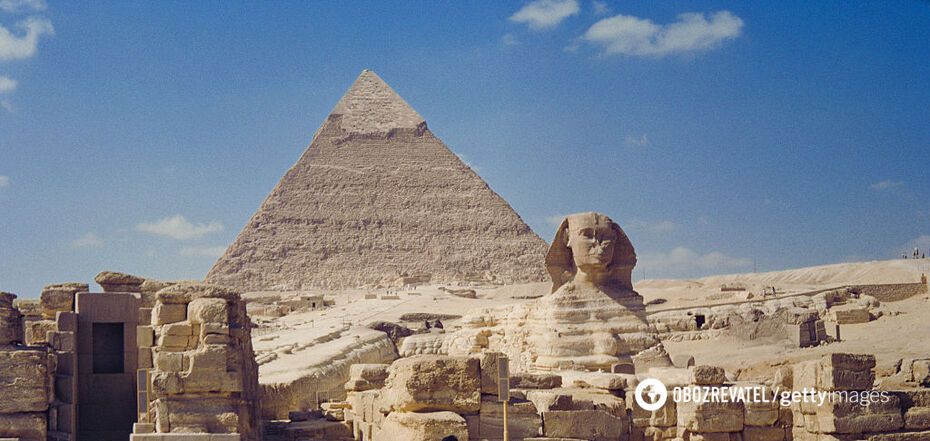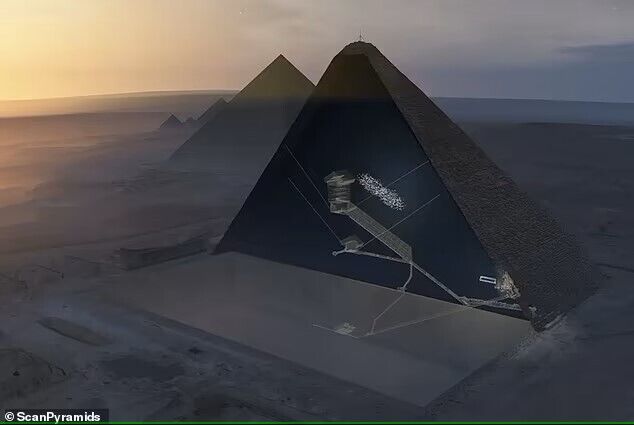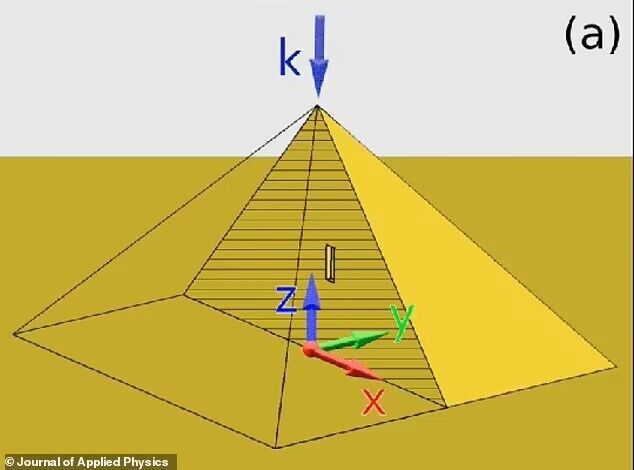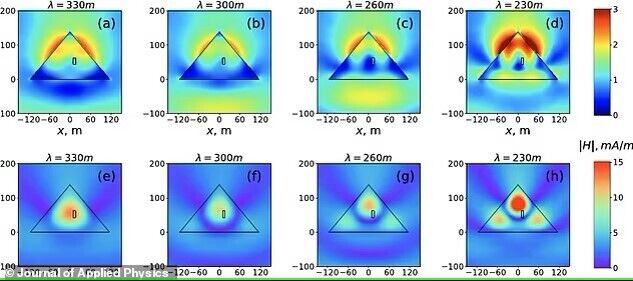News
Scientists have discovered in the Egyptian pyramids a mysterious form of energy that should exist only in our time
A new discovery at the Great Pyramid of Giza in Egypt suggests that the structure was not only the final resting place of a pharaoh, but also a giant power plant. Scientists have blasted the 4,600-year-old structure with electromagnetic waves, a form of radiation that spreads through the universe, finding that it focuses and amplifies energy in individual chambers and around the base.
Electromagnetic waves are used in such studies because the radiation interacts with matter in a unique way, allowing experts to analyze specific details of the structure's composition, location, and dynamics. Scientists have concluded that the pyramid could be a giant resonator designed to capture electromagnetic waves, DailyMail reports.
Retired aerospace engineer Christopher Dunn, who has researched the pyramid for many years, recently said that new evidence suggests that there was a greater purpose behind the construction of this structure.
The scientist said that the pyramid's north shaft has an appearance similar to an ube-like structure used to transmit microwaves and electromagnetic energy. "This is part of the theory about the Giza power plant. There are two chemicals that are introduced into the chamber and mix, bringing out hydrogen to create energy," Dunn said.
The researchers note that the purpose of converting the pyramid into a giant clean energy power plant is a mystery. But it does show that the Egyptians were apparently even more advanced than scientists had previously thought.
Christopher Dunn, who has been conducting computer analysis of the pyramids for 30 years, has concluded that ancient Egyptian builders had access to high-quality tools, modern construction technologies, and even mega-machines, despite the lack of archaeological records of their use.
The study showed that the pharaoh's room, located near the center of the Great Pyramid, concentrated electromagnetic energy more efficiently than other chambers.
According to experts, when a pyramid stands on a limestone substrate, electromagnetic energy is concentrated under the structure, which suggests that the base of the pyramid could play a crucial role in energy distribution.
Dunn claimed that the queen's room was a "reaction chamber where hydrogen was produced." "The hydrogen filled the interior of the Great Pyramid, which included the pharaoh's room," he said.
The scientist also noted that the Earth is constantly bombarded by microwaves, possibly from atomic hydrogen, dating back to the Big Bang itself.
Interestingly, the ancient Egyptians would not have been able to pour hydrogen atoms into the pyramid. Thus, Dunn suggests that they would have used two separate chemicals that were poured through shafts into the queen's chamber and mixed and then boiled off the hydrogen particles, causing an energy resonance.
It is still not clear what these chemicals were. Therefore, scientists will work on developing their own nanoparticles that could reproduce the same effects in the radio frequency range.
Only verified information is available on the OBOZ.UA Telegram channel and Viber. Do not fall for fakes!






























